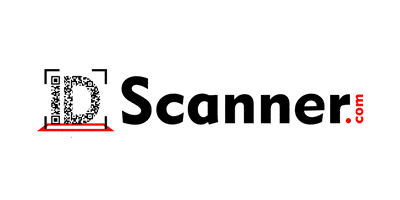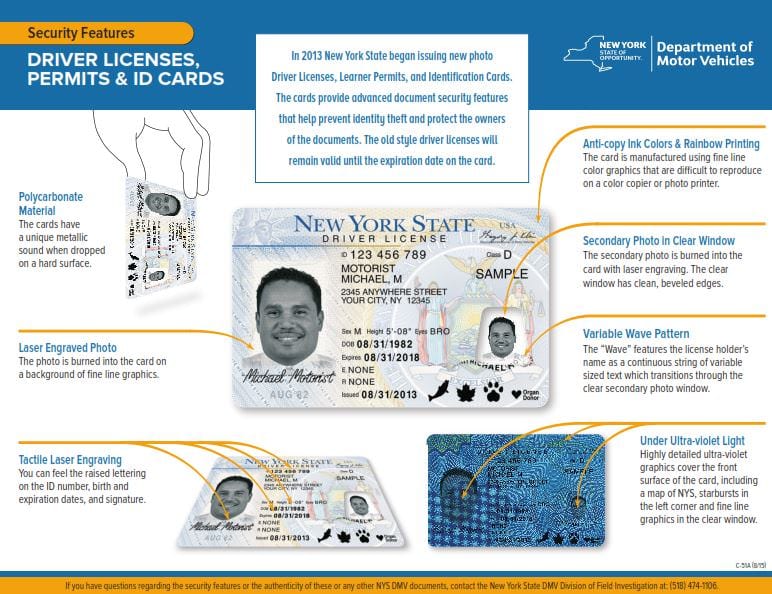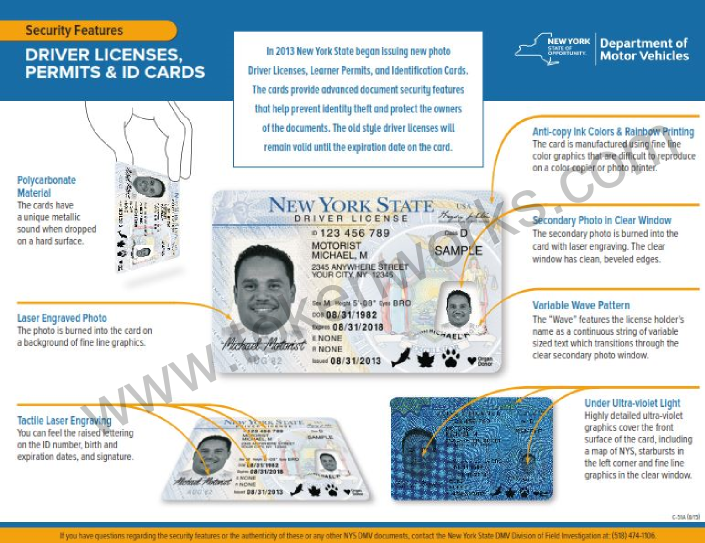September 2015 – Just in time for the beginning of a new college semester, the New York Department of Motor Vehicles (DMV) and the state Liquor Authority have released a co-authored electronic brochure detailing the security features present on New York driver’s licenses and identification (ID) cards. The licenses and ID cards were redesigned in 2013 with numerous elements aimed at preventing tampering, identity theft, and fraudulent duplication, and the distribution of the brochure is an important step in outreach education for bar and liquor store owners and employees. The brochure highlights many things to look for when scrutinizing state-issued IDs, including:
• Detailed graphics only visible under UV light include a map of NY state, starbursts, and fine line graphics in the clear window
• Laser-engraved text gives texture to the ID number, birth and expiration dates, and signature fields
• Anti-copy ink colors used are difficult to reproduce on a color copier or photo printer
• Under-21 IDs are vertical
• Construction of polycarbonate that sounds metallic when dropped on a hard surface
• Secondary photo, laser engraved in a clear, bevel-edged window at lower right corner
• Wave pattern contains license holder’s name as a continuous string of variable-sized text, which continues through the clear window
• Matte finish signature and address change boxes on back of card
All of these security features combine to make counterfeiting New York state driver’s licenses, learner’s permits or ID cards extremely difficult. However, if bar and liquor store owners and employees can’t reliably discern a real and a fake ID, the advanced design elements are for naught. This new education initiative for licensed liquor establishments, announced in August 2015 by Governor Andrew Cuomo, aims to ease the identification of forged and authentic state-issued IDs, and also curb underage drinking.
The New York DMV estimates that today roughly half of the driver’s licenses and ID cards currently in use boast the features outlined in the brochure, while the other half are the old style, which will remain valid until they expire. An establishment with a liquor license that is charged with underage alcohol sales may face fines between $2,500 and $10,000, as well as having their license suspended or revoked for repeat offenses.


